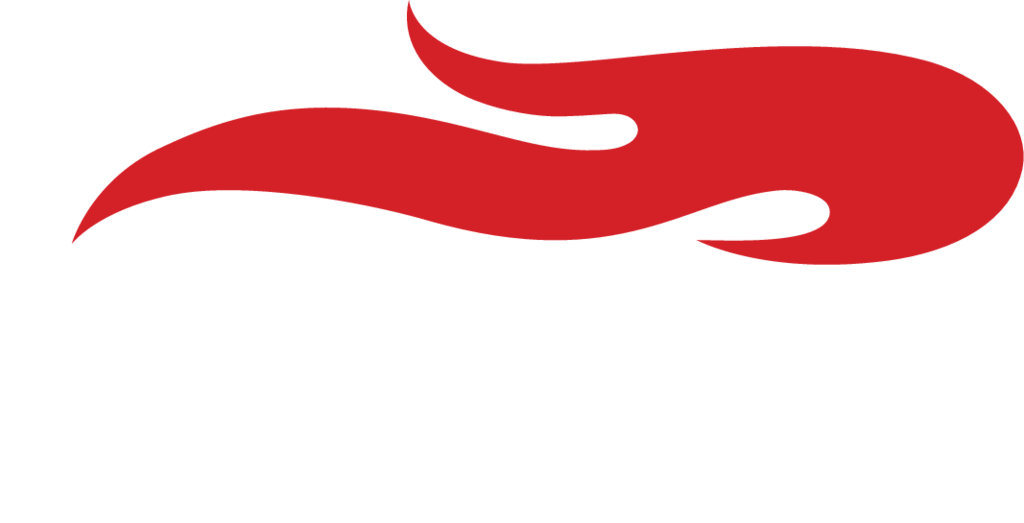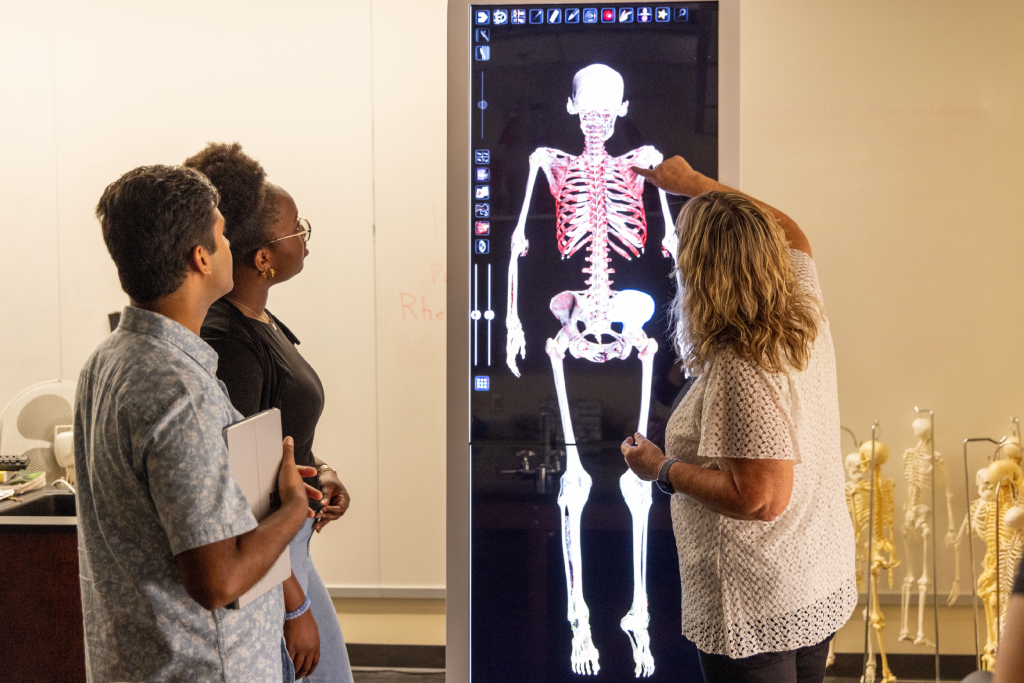If you’re like me, then you probably get a bit overwhelmed when you hear the word “financial aid.” Between the FAFSA (what do those letters even stand for?), scholarships, and payment plans, it can all seem a bit tricky to figure out. Lucky for you, I’ve been through the process a few times now as a senior at SEU, so today I’m here to show you the ins and outs of how to tackle your financial aid!
What’s the FAFSA and why do I need to complete it?
So what is the FAFSA? I’m glad you asked! The FAFSA (a.k.a. The Free Application for Federal Student Aid) is the first step to applying for financial aid, including Federal Student Aid programs (such as Federal Pell Grants, Student Loans, and Federal Work-Study), and SEU grants and scholarships. In other words, if you want any type of financial aid, this application is your ticket there!
Here are the documents you’ll need to get started on your FAFSA.
- SEU’s school code, which is 001521
- Your Social Security Number
- Your driver’s license (if applicable)
- Your Alien Registration Number (non-U.S. citizens only)
- Federal income tax returns, W-2s, and other financial records from two years prior
- Current bank statements
- Current records of investments
- Records of untaxed income for two years prior (if applicable)
- Records of taxable earnings from Federal Work-Study
- Records of any financial aid included in your or your parents’ income
- Your or your parent’s FSA ID
The FAFSA becomes available on October 1 every year at StudentAid.gov, and you’ll want to fill it out as soon as possible since financial aid is often first-come, first-served. You’ll need to complete the FAFSA beginning the school year before you plan to enroll. Visit the SEU FAFSA information page for details on which tax year to use.
Keep in mind that you need to fill out a FAFSA each year that you’ll be attending college.
What’s the difference between scholarships and grants, and how can I apply for them?
When it comes to financial aid, scholarships and grants are a fan favorite because they don’t have to be repaid! So what’s the difference between the two?
Scholarships are generally “merit-based,” meaning that you may be awarded a scholarship based on achievements, such as academics, athletics, participation in the arts, or other accomplishments.
On the other hand, grants are “need-based,” which means that they’re awarded based on your financial need (this is typically determined by your FAFSA).
Regardless of which forms of aid you apply for, you’ll need to complete the FAFSA beforehand. Be sure to keep track of the deadlines for each scholarship as well. For instance, many SEU scholarships and grants have a Feb. 15 deadline.
When it comes to applying for SEU scholarships and grants, you’ll be automatically awarded some of them (ex: academic scholarships). However, you can also reach out to your enrollment counselor for more details on scholarships you haven’t received that you believe you may be eligible for. You can also find outside scholarships and grants through websites like Fastweb or Scholarships.com. Even better, check with your school’s guidance counselor or website (or research other schools in the area if your school doesn’t offer these resources) to find additional scholarships. Personally, I’ve had more success with these local scholarships since there’s much less competition than ones that have a pool of students from around the country.
What is an award letter, and when will I receive it?
Your SEU award letter is the personalized financial aid letter you’ll receive after you’re accepted to the university. It’ll give you a cost breakdown that shows the scholarships, grants, and loans you’re eligible to receive toward college costs. Keep in mind, however, that some scholarships and grants may not show up on the award letter when you first receive it. For instance, you may choose to apply for a music scholarship or ministry grant after you receive your award letter.
Why do I need to be financially cleared?
Financial clearance is one of the most critical steps in Fire Ready, the official clearance process of SEU. When you arrive on campus each semester, you’ll be required to show that you’re Fire Ready in order to be able to start classes. You’re considered financially clear if your anticipated costs for the upcoming semester are fully covered with the use of approved financial aid (including scholarships, grants, and loans) and/or an approved payment plan.
What are no-interest payments plans?
Speaking of payment plans, one of the most convenient ways to reach financial clearance is by enrolling in a no-interest payment plan through SEU. This is a great option if you find that your financial aid doesn’t fully cover your expenses and you prefer to pay the sum monthly rather than all at once. With a small fee and no approval process, it’s an easy way to achieve financial clearance.
What are student loans and should I be worried about taking them out?
In a nutshell, student loans are money you borrow to help pay for college costs, including tuition, books, living expenses, etc. All student loans must be repaid, but each varies in interest rate (meaning that you’ll pay back the money you borrowed plus a fee for taking out the loan). The two main types of loans most students take out are subsidized and unsubsidized loans. Subsidized loans are loans that don’t charge interest until six months after you graduate, while unsubsidized loans start accruing interest as soon as you take them out. Because of this, it’s generally a good idea to take as much of your loans out as subsidized as you can.
In answer to the question if you should be worried about student loans, I think that many of us grew up being told that loans should be avoided at all costs; I certainly thought that. And while that’s true on some level, since I’ve been in college I’ve realized that for most people, student loans are simply an investment in the future. With that being said, here are a few tips on approaching them wisely.
First, only take out as much as you need. Student loans may seem like “free money” at first, but it has to get paid back at some point, so be smart about it. Second, start paying it back as soon as you can. Personally, I’ve worked an on-campus job since my freshman year, and this has helped me significantly in working on paying off my loans even before I graduate. Luckily, SEU offers lots of student worker positions, which allow you to work on-campus and even gain career experience!
Still have questions?
That’s okay! Check out this step-by-step guide. You can also reach out to Student Financial Services or your enrollment counselor for assistance in navigating your financial aid. Or, call 800.500.8760.
You’ve got this!
By Madi Schaaf, Student Writer
Learn More
Undergraduate Scholarships & Grants
Financial Aid – Step-By-Step (Undergraduate Main Campus)





